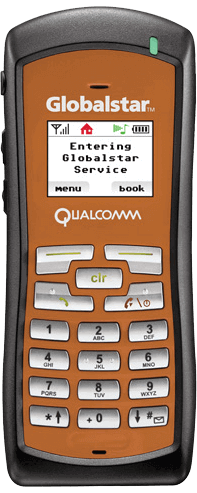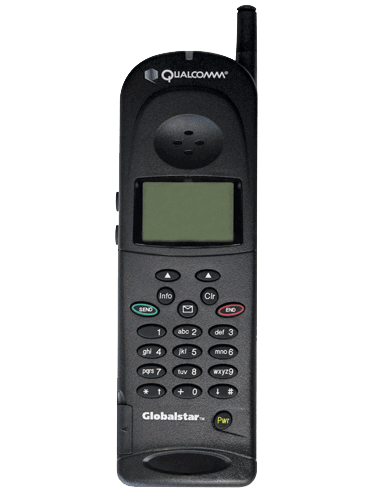Satellite IoT for Agriculture and Forestry: Growing Smarter, Managing Better
Agriculture and forestry face mounting pressures: to produce more food and raw materials with fewer resources, to adapt to climate volatility, and to improve traceability across supply chains. Farms are becoming larger, more automated, and more data-driven, while forestry operations stretch across rugged and remote landscapes. In both cases, visibility is the limiting factor, and traditional networks don’t reach far enough into fields, forests, or rangelands to keep pace with modern demands.
When connectivity breaks down, the impact can be severe: missed irrigation cycles, undetected livestock health issues, or delayed responses to forest conditions. Producers and land managers need reliable, real-time data wherever their operations take them.
IoT as the Solution
IoT technology is enabling smarter land management with connected sensors, tags, and trackers. Farmers can monitor soil moisture, fertilizer levels, and crop health in real time. Ranchers can track livestock activity and receive early alerts of illness or distress. Forestry operators can monitor equipment usage and environmental variables like temperature and humidity to prevent costly risks such as wildfires.
By pairing IoT with automation, producers move from reactive fixes to proactive planning. But without connectivity across wide, often off-grid areas, the value of IoT can’t be fully realized.
Why Satellite IoT Matters
Satellite IoT extends coverage far beyond the limits of cellular and Wi-Fi. Whether it’s tracking a herd in open pasture, monitoring irrigation pumps in remote fields, or gathering environmental data from high-altitude forests, satellite ensures a continuous stream of information.
Unlike cellular, satellite doesn’t require towers or dense infrastructure, which is a critical advantage in rural or rugged areas. It also delivers resilience in the face of weather, disasters, or infrastructure instability, ensuring that critical agricultural and forestry data keeps flowing.
Key Use Cases
Digitization in agriculture and forestry can be supported through a number of use cases to help boost efficiency, monitoring, and ultimately save on costs.
- Livestock Tracking: Monitor animal location, health, and activity across open ranges.
- Smart Irrigation: Remote monitoring and adjustment of pumps, tanks, and soil moisture sensors.
- Crop Condition Sensing: Collect and analyze field-level data to optimize planting and inputs.
- Equipment Tracking: Prevent theft and improve utilization of machinery in dispersed areas.
- Environmental Monitoring: Track conditions like rainfall, temperature, or wildfire risk across forests.
What to Look for in Satellite IoT
When evaluating satellite IoT solutions for agriculture and forestry, consider:
- Coverage across rural, remote, and cross-border geographies
- Low-power devices with long battery life for wide-area deployments
- Two-way communication for real-time alerts and remote control
- Scalable, cost-effective solutions to support large-scale farming or forestry operations.
- Proven resilience in harsh weather and terrain
Supporting Agriculture and Forestry Applications with Satellite
In agriculture and forestry, success depends on visibility across some of the world’s most challenging landscapes. Satellite IoT delivers the coverage, reliability, and scale to support smarter farming and safer forestry operations.
Contact our team to learn how Globalstar IoT helps growers and forestry operators stay connected, informed, and in control.
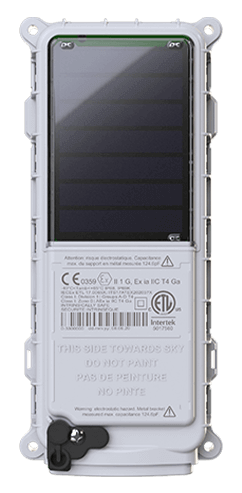 SmartOne Solar
SmartOne Solar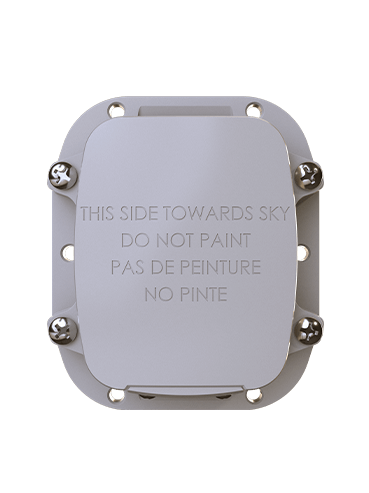 SmartOne C
SmartOne C STX3
STX3 STX3 Dev Kit
STX3 Dev Kit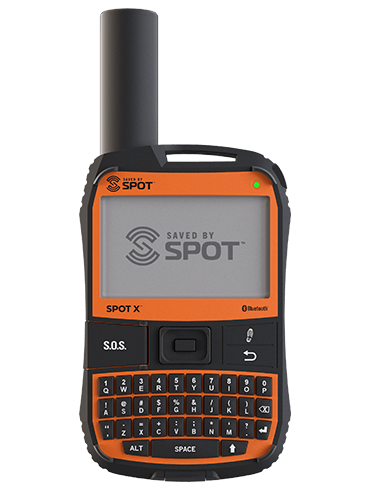 SPOT X
SPOT X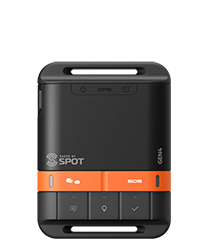 SPOT Gen4
SPOT Gen4 SPOT Trace
SPOT Trace